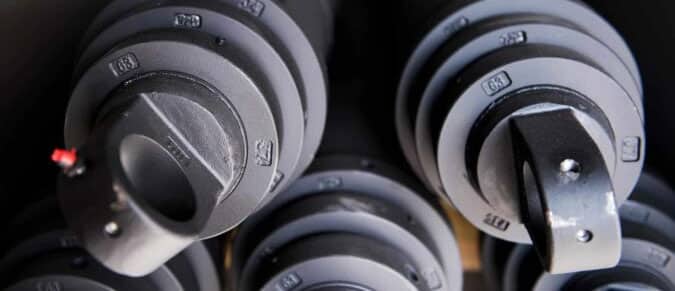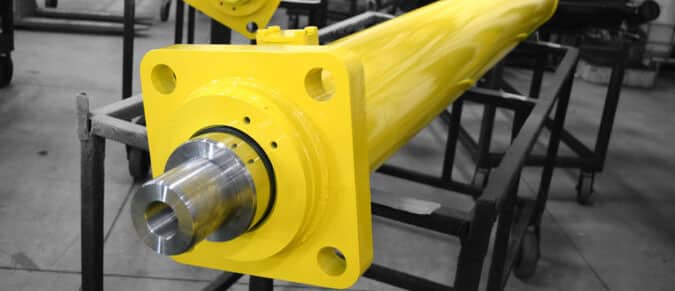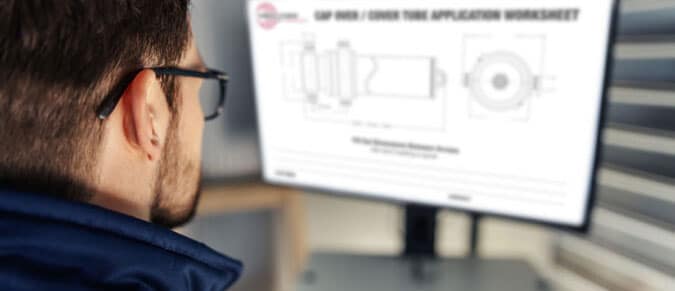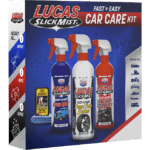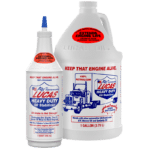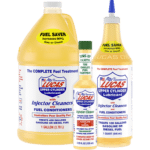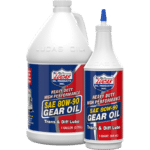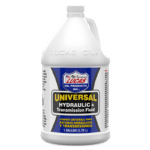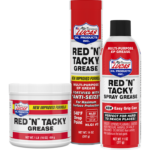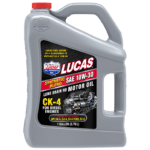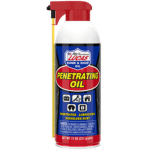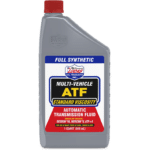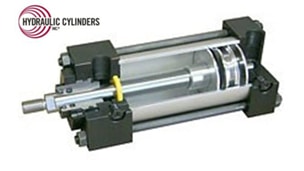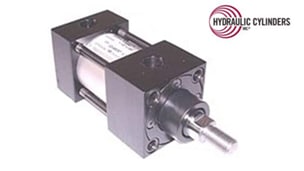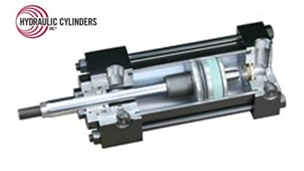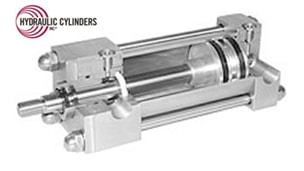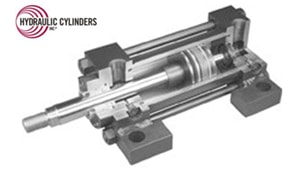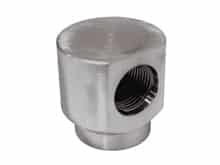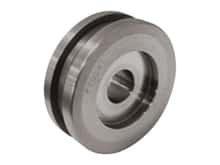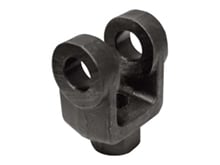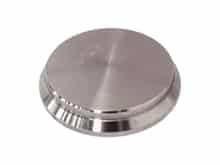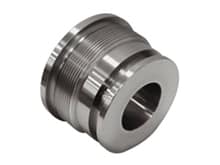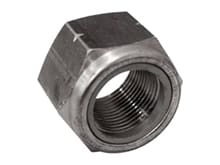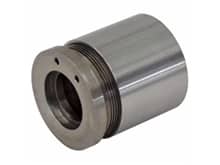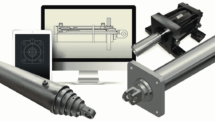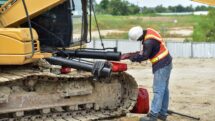Rebuilding a Hydraulic Cylinder
Despite your best efforts to prevent hydraulic cylinder failure, a time may come when your cylinders stop working dependably. Signs of a failing hydraulic cylinder include a loss in performance, leaking, jerking movements, unusual noises or clangs, fluid contamination, excessive heat, and more. The best way to address these issues is through repairing, rebuilding, or replacing your cylinder.
The Difference Between Repairing & Rebuilding Hydraulic Cylinders
While repairing and rebuilding hydraulic cylinders may appear the same, they are two different processes. Repairing hydraulic cylinders involves fixing specific parts of the cylinder that are damaged or worn. Rebuilding hydraulic cylinders requires removing and replacing components with parts that may fall outside the original OEM specifications.
How to Rebuild Hydraulic Cylinders
Rebuilding a hydraulic cylinder may seem simple at first glance, but it is a highly technical process that requires advanced hydraulic cylinder knowledge and special tools. Follow these basic steps:
- Troubleshoot your cylinder to identify wear, damage, or contamination.
- Collect all necessary replacement component parts, rebuild kits, and other required tools.
- Prepare a clean and organized workspace.
- Remove the cylinder from your machinery.
- Disassemble your hydraulic cylinder and thoroughly inspect all seals, components, and fluids for wear, damage, or contamination.
- Replace all worn or damaged components following instructions in the manufacturer’s manual
- Reassemble your hydraulic cylinder.
- Rigorously test rebuilt hydraulic cylinders for quality and safety.
- Reinstall the hydraulic cylinder into your machinery.
Always use the right component parts, tools, and processes when rebuilding hydraulic cylinders as improperly sized seals, incorrectly installed components, and other defects can lead to catastrophic shutdown, injury, and further lost resources.
How Much Does It Cost to Rebuild Hydraulic Cylinders?
Upfront prices associated with rebuilt hydraulic cylinders are often lower than purchasing new options, but hidden costs and rebuild time can quickly add up. Factoring in the cost of rebuild kits, extended equipment downtime, and assembling the necessary tools all result in higher costs, lower profit, and other lost resources. Consider:
- Do you have all the necessary tools to rebuild hydraulic cylinders, such as honing machines, hydraulic presses or pullers, and others?
- Do you have experience disassembling and reassembling hydraulic cylinders?
- Do you have the specialized technical knowledge to complete all rebuilding steps, including identifying defects not easily caught during visual inspections?
- Do you know how to test your cylinder after rebuilding?
If you answered no to one or more of these questions, rebuilding a hydraulic cylinder may not be right for your goals and could result in higher costs, lost time, and complete hydraulic system failure.
Should I Rebuild or Replace My Hydraulic Cylinder?
In most situations, the best long-term and cost-effective choice is to purchase a hydraulic cylinder replacement. If you are unfamiliar with rebuilding hydraulic cylinders, don’t already have the necessary tools and workspace available, or need to end equipment shutdowns as fast as possible, then buying a new aftermarket cylinder is your best solution:
- High-quality materials assembled by expert hydraulic cylinder professionals
- Improved operations, including increased flow, pressure, and speed
- Lower costs and faster deliveries compared to OEM-sourced options
- And much more!
Aftermarket Hydraulic Cylinders Get You Back to Work ASAP
Whether you decide to rebuild a hydraulic cylinder or purchase a high-performance hydraulic cylinder replacement, Hydraulic Cylinders, Inc is in your corner. In addition to supplying USA-made component parts to support any cylinder rebuilding, we offer same-day shipping on all in-stock inventory to get your equipment moving as soon as possible. Contact us or request a quote to learn more.

